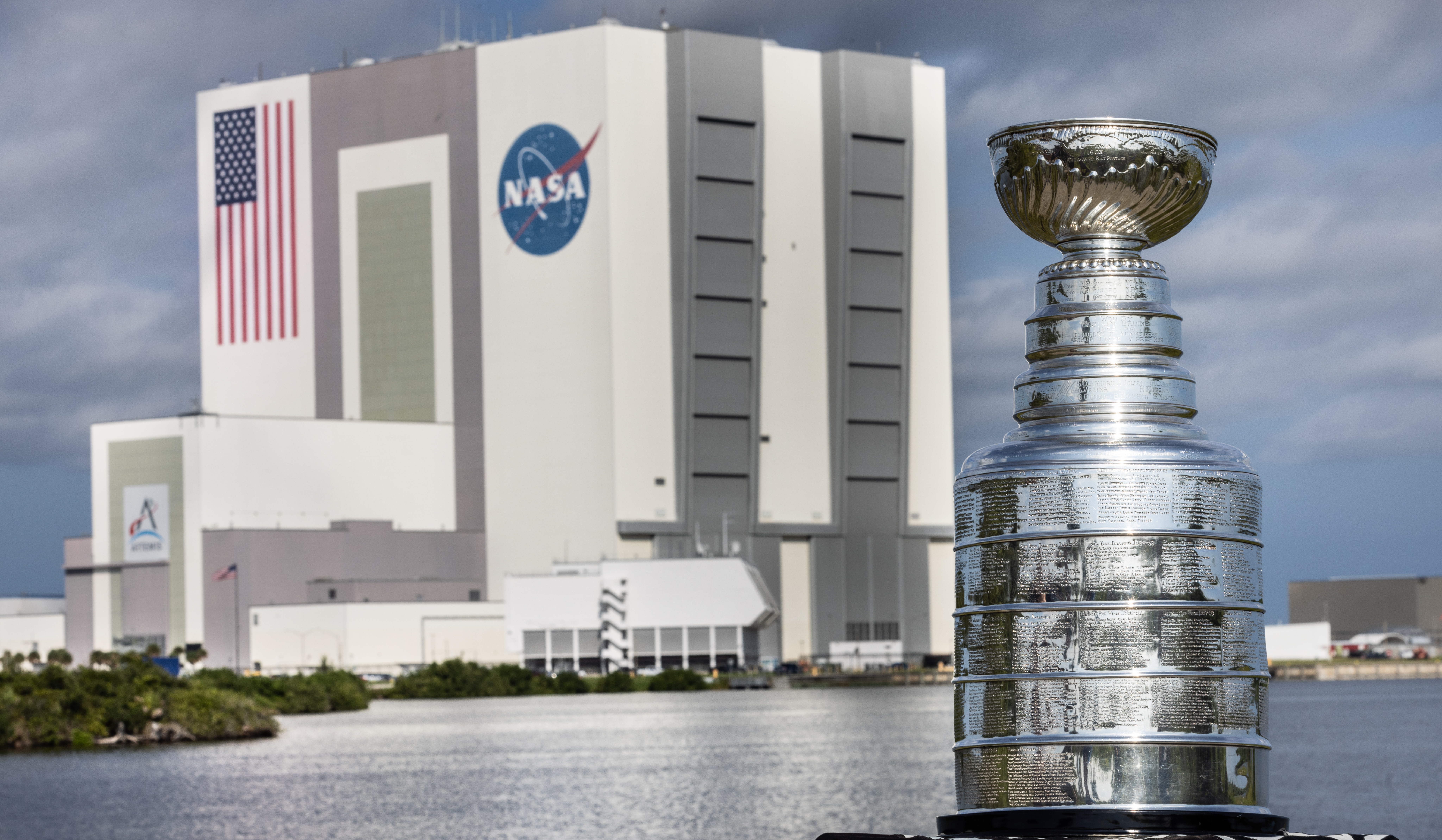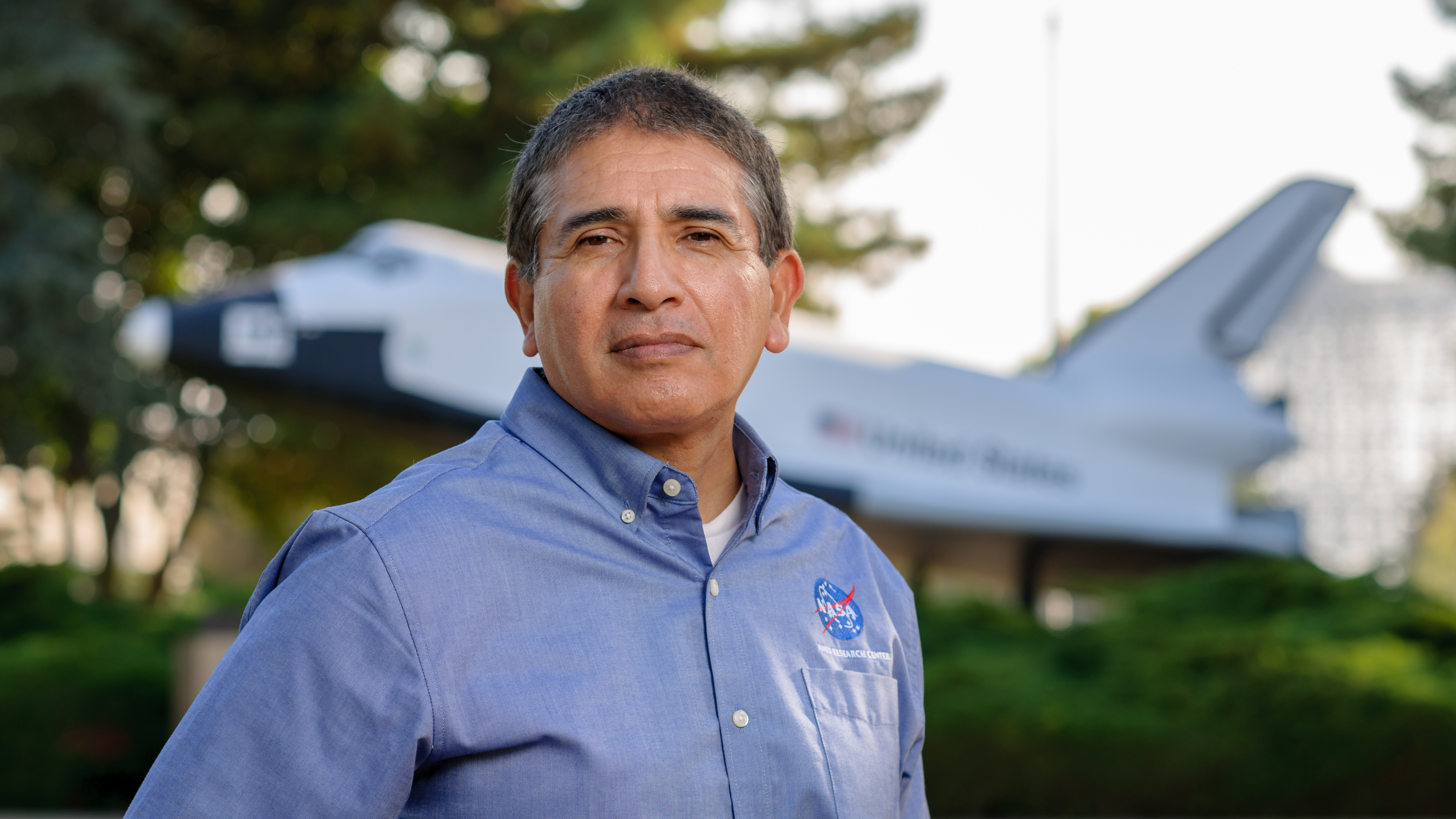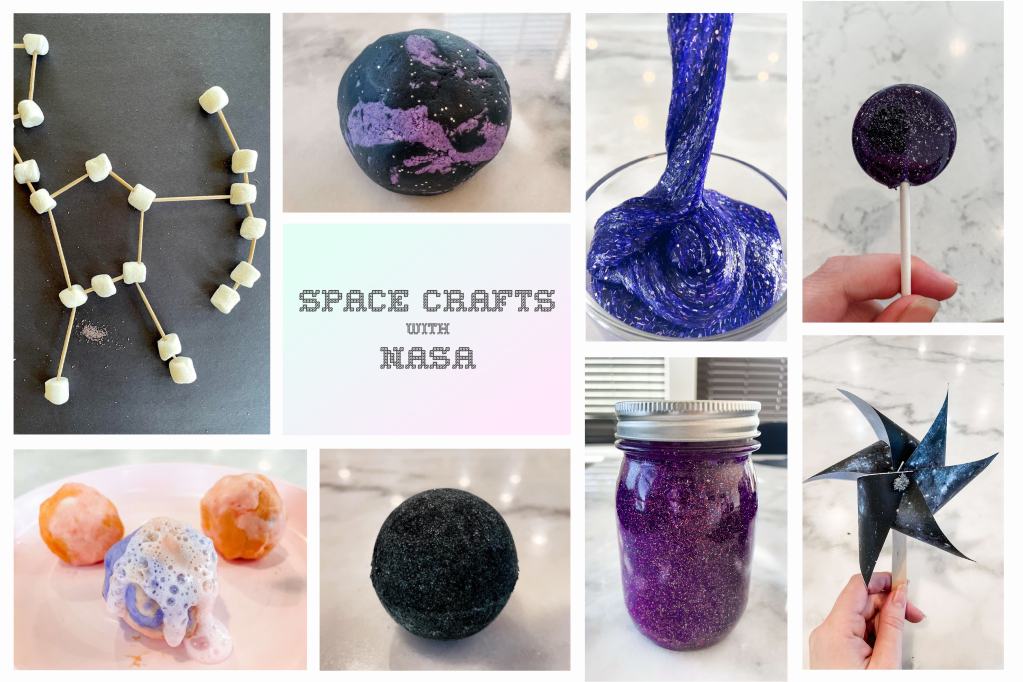A new mock-up of the moon's surface has opened near Cologne in Germany.
A decade in the making, the LUNA analog facility is jointly built by The European Space Agency (ESA) and the German Aerospace Center (DLR).
"The LUNA facility symbolizes the conditions on the lunar surface and prepares astronauts for the moon," said Josef Aschbacher, ESA director general, at a press briefing event.
That includes non-European astronauts, including those from American space agency NASA.
The LUNA facility is a "regolith testbed" made from synthetic materials designed to simulate the moon's surface.
LUNA was first conceptualized in 2013, but the original proposal for a 1000sqm facility was trimmed to a 700sqm final design.
LUNA facility mimics moon's surface
"We have about 900 tonnes of regolith simulating material in the facility to simulate the dusty environment and mobility on the surface," said Juergen Schlutz, LUNA Facility Engineer & Moon Strategy Lead at European Space Agency, at the same press briefing.
The simulated moon dust, called EAC-1, was sourced from 45-million-year-old volcanic powder cast across the Eifel region covering the Belgian, German and Luxembourg borderlands.
The main hall also includes a specialized illumination simulator to recreate day-and-night cycles on the surface.
ESA are also working with European partners to introduce gravity offloading systems. "They will allow testing of the ability to move in one sixth gravity conditions, like astronauts would have to on the moon," said Schlutz.
As well as providing a realistic surface for astronauts to prepare for moon visits, it will also provide a testbed for operating robotic systems, scientific activities and energy systems.
For example, researchers at the facility will test the regolith to understand the effects of moon dust on equipment space agencies plan to bring to the moon.
Research at the facility aims to generate solutions that "make life on earth much more productive and cleaner," said Aschbacher.
 Astronauts haven't been to the moon's surface since December 1972. Space programs like Artemis aim to bring humans back to the moon by 2028.Image: The Print Collector/picture alliance
Astronauts haven't been to the moon's surface since December 1972. Space programs like Artemis aim to bring humans back to the moon by 2028.Image: The Print Collector/picture alliancePreparing for Artemis missions to moon
The LUNA facility won't be the only moon-like facility available for astronauts and scientists to use.
Under construction next door are the Future Lunar Exploration Habitat (FLEXHab), simulating a potential moon habitation module and connecting into the main hall.
The EDEN-ISS greenhouse, a five-year experiment similating simulate food cultivation in cold space environments, will be repurposed as the ‘EDEN LUNA' project.
It will be used for astronauts-in-training to practice growing their own food — a vital skill should NASA's goal of establishing a permanent moon research presence be realized in coming years.
NASA's Artemis program is poised to return to the moon by the end of the decade with a new generation of explorers.
Artemis I launched in 2022 as an uncrewed test flight. The second and third missions will launch crewed missions first to lunar orbit, and then moon's surface.
Edited by: Fred Schwaller

 By Deutsche Welle (Science) | Created at 2024-09-25 13:51:45 | Updated at 2024-09-30 05:31:01
4 days ago
By Deutsche Welle (Science) | Created at 2024-09-25 13:51:45 | Updated at 2024-09-30 05:31:01
4 days ago



